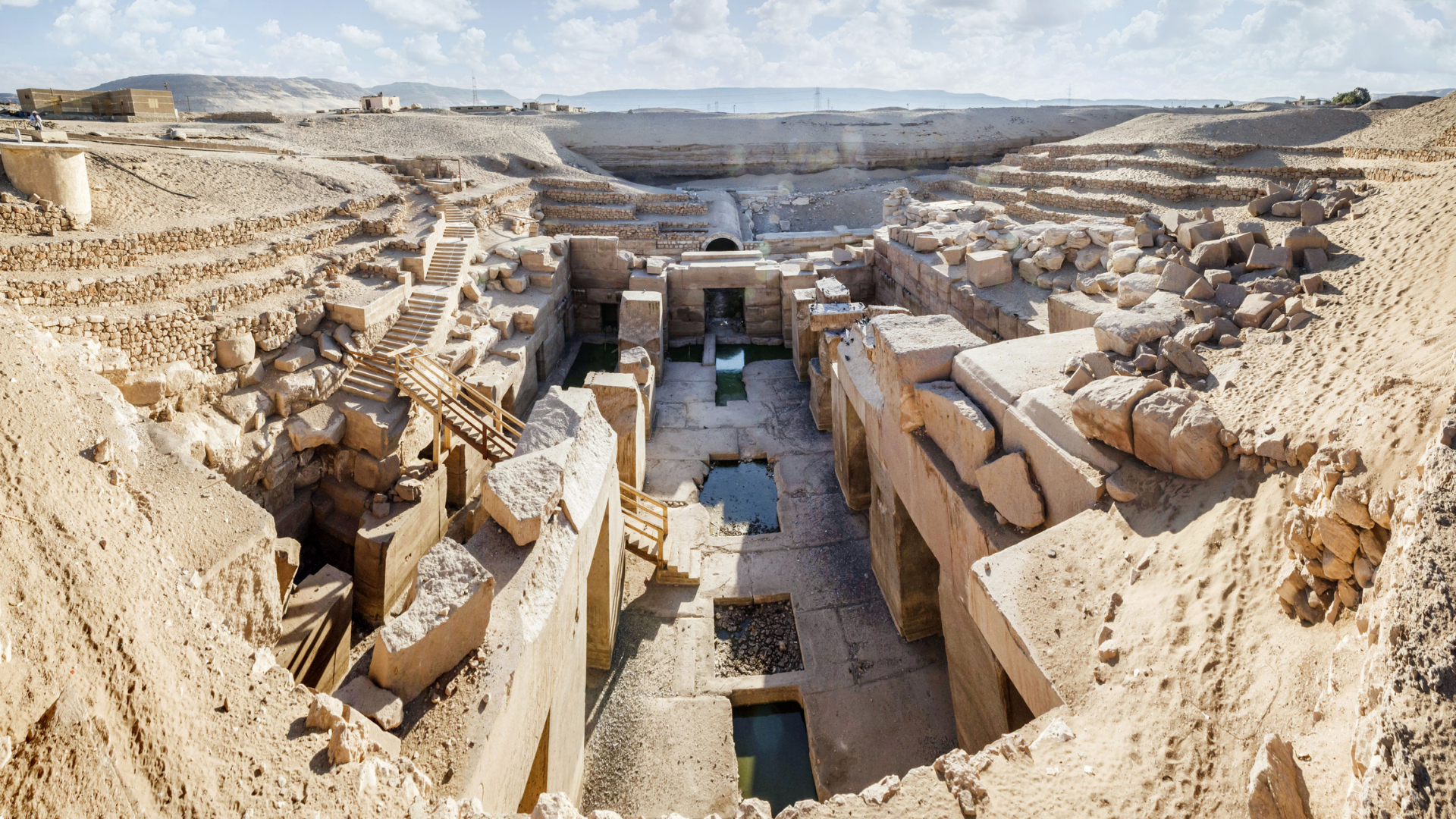By Zen Lynch


Dating back to about 3100 B.C., ancient Egypt’s ability to create architectural feats of epic magnitude, such as the Great Pyramid of Giza, is unparalleled. Egypt’s cultural significance continues with its abundant religious mythology and expansive civilization.
Predynastic Period (c. 5000 – 3100 B.C.)
The Predynastic Period was a time of gradual development for Egyptian Civilization. Few artifacts and written records have been found from this period, but evidence of a relatively rich and developed artistic culture have been retrieved. For example, pottery with fine red polish and blackened tops formed the roots for what we recognize now as Egyptian styles of art production. Early advances were made possible through Neolithic (late Stone Age) communities in northeastern Africa who exchanged hunting for agriculture. This trading allowed for later development of Egyptian arts and crafts, technology, politics and religion. The influence on religion included great reverence for the dead and the ideas of the afterlife. Two separate kingdoms were established near the Fertile Crescent (a boomerang shaped region of the Middle East) which later led to King Menes unifying the kingdoms in 3100 B.C.
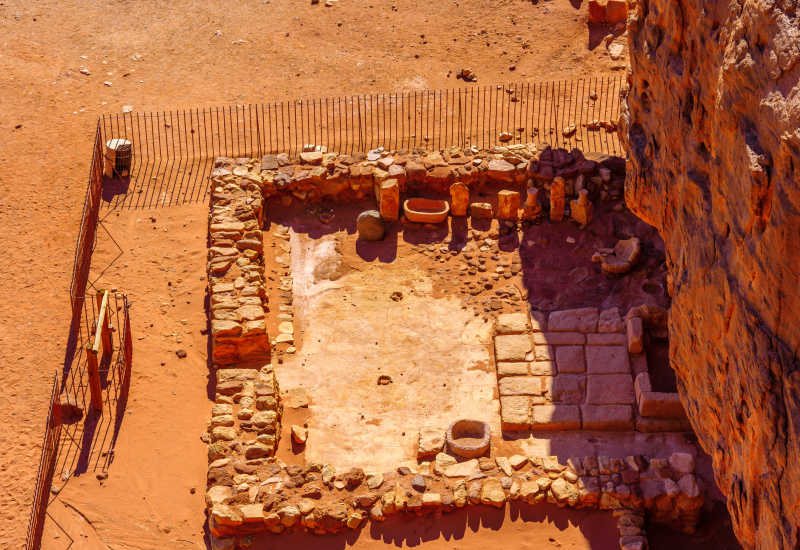
Archaic (Early Dynastic) Period (c. 3100 – 2686 B.C.)
The Archaic Period is known for the development of the foundations of Egyptian society, which included the ideology of kingship. The king was the most close to god and identified with the all-powerful god Horus. Horus was a god in the form of a falcon whose right eye was the sun, representing power and quintessence, and left eye was the moon, representing healing. King Menes founded the capital of ancient Egypt at Memphis, near the apex of the Nile River Delta. Upper and Lower Egypt were finally unified under a centralized government. Egyptian civilization at this point consisted of farmers and agriculture which formed an economic base. Additionally, Egyptian culture was further developed, as we have been able to find records of writing, arts, and sciences!
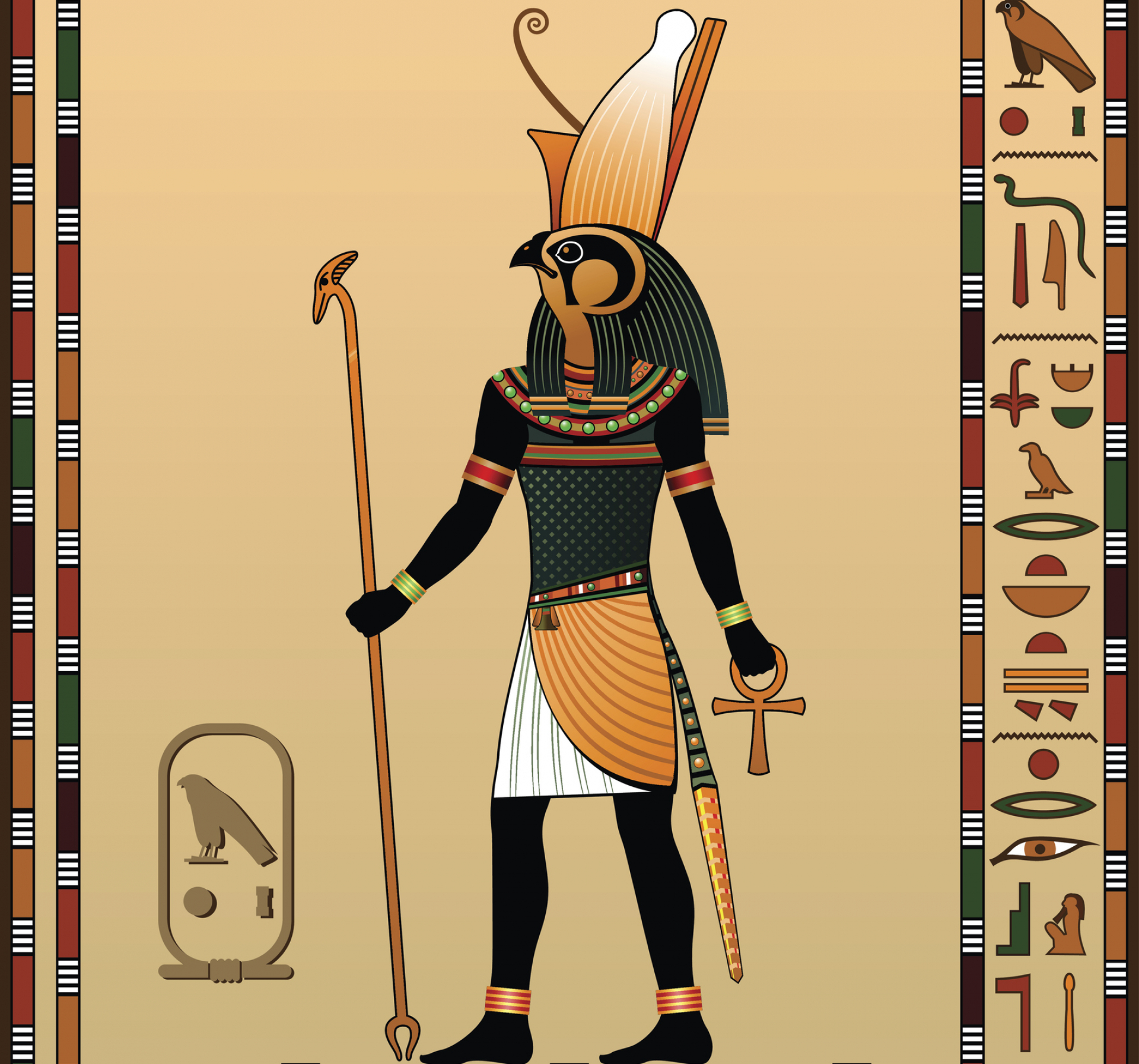
Old Kingdom: Age of the Pyramid Builders (c. 2686 – 2181 B.C.)
The third dynasty began with King Djoser asking Imhotep, an architect, priest and healer, to design a funerary monument for him. This monument is known to the world as the first major stone building, the Step-Pyramid at Saqqara. Egyptian pyramid building reached its peak with the construction of The Great Pyramid at Giza. Ancient Greek historian Herodotus estimated that it too 100,000 men and 20 years to build this pyramid. After all, there is a reason that historians regard this era as “written in stone”; through the development of both architecture and hieroglyphics, we are still amazed by Through the fourth dynasty Egypt enjoyed a golden age of peace and prosperity. Throughout the course of the fifth and sixth dynasties, the kings’ wealth steadily depleted. Upon the death of King Pepy II, this period ended in chaos.
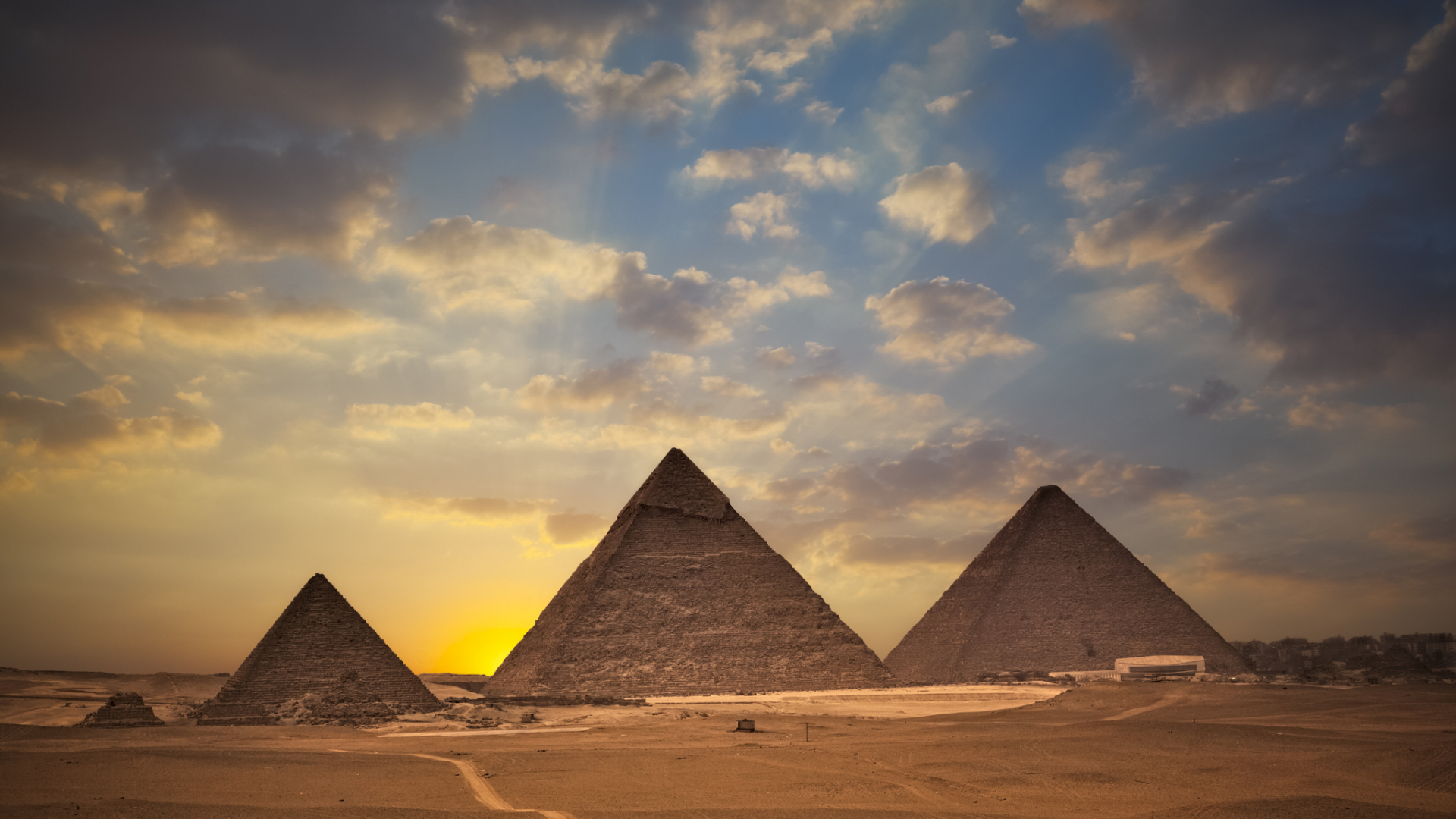
Well known Queen of Egypt Cleopatra reigned from 51 B.C. to 30 B.C.. Remarkably, The Great Pyramid was build 2,700 years BEFORE Cleopatra’s rule, meaning Cleopatra lived closer to our current time versus the time of the Pyramids (!). This striking fact is illustrative of the incomparable depth and longevity of Egypt’s ancient civilization.
First Intermediate Period (c. 2181 – 2055 B.C.)
Upon the Old Kingdom’s collapse, he seventh and eighth dynasties consisted of Memphis-based rulers until 2160 B.C. when central authority completely dissolved. A civil war broke out between provincial governors which was intensified by Bedouin invasions, famine and disease. Two different kingdoms emerged from this conflict, a line of rulers based in Heracleopolis who were later challenged by a family of rulers in Thebes. Around 2055 B.C., the Theban prince Mantuhotep toppled Heracleopolis and reunited the 11th dynasty.

Middle Kingdom: 12th Dynasty (c. 2055 – 1786 B.C.)
After Mentuhotep IV was assassinated, the throne passed to his vizier King Amenemhet . A new capital was established in Ittowy, south of Memphis. During this time Egypt flourished once again. This kingdom pursued aggressive foreign policy, colonizing Nubia for its rich supply of gold, ebony, ivory, and other resources, and repelling the Bedouins who has infiltrated Egypt previously. They built diplomatic and trade relations with Syria, Palestine and other countries. They returned to pyramid building in the tradition of the Old Kingdom. The Middle Kingdom reached its peak in 1842 – 1797 B.C. and its decline began under Amenemhet IV. His sister and regent, Queen Sobekneferu, was the first confirmed female ruler of Egypt continued this decline till the end of the 12th dynasty.
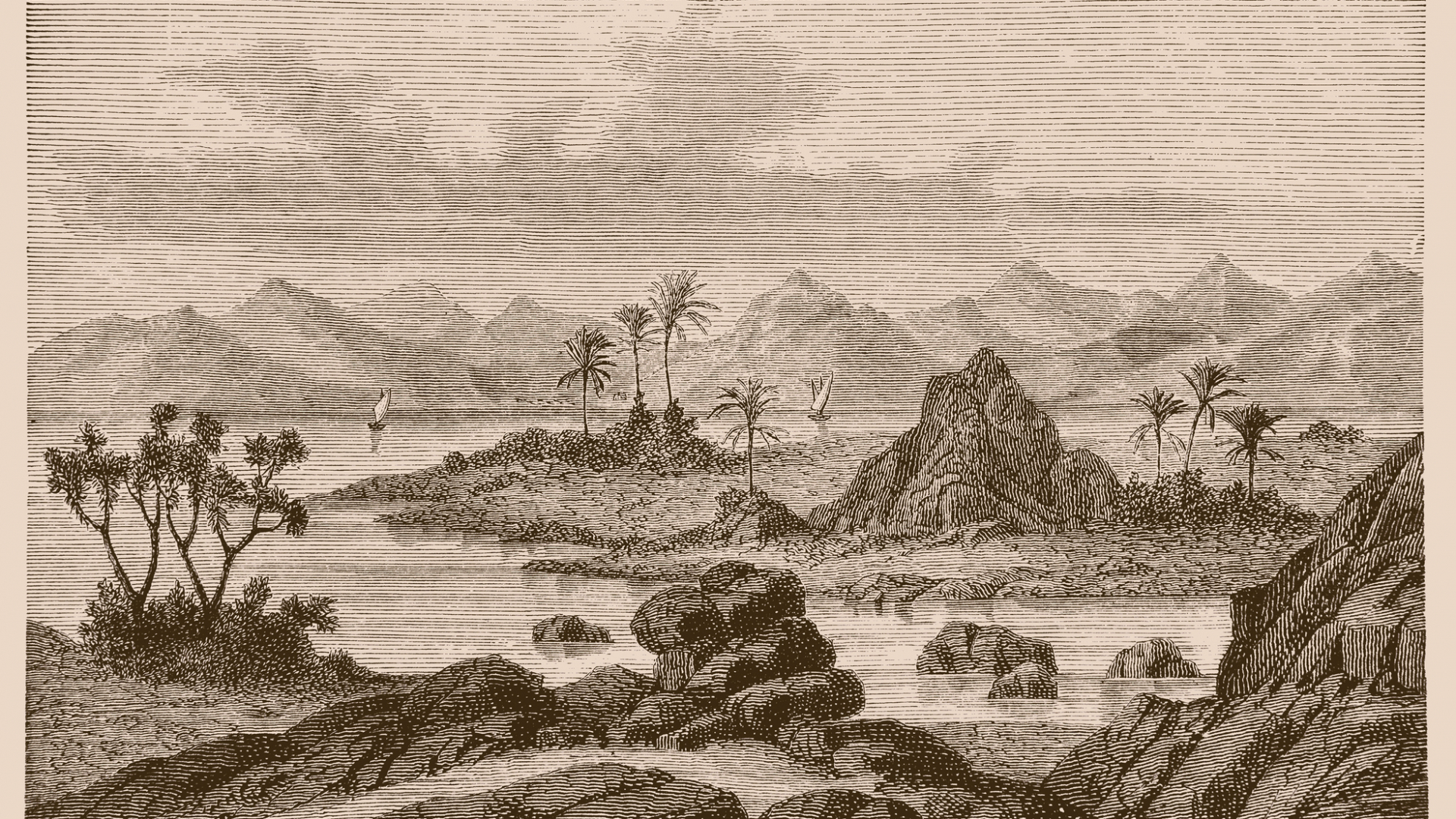
Second Intermediate Period (c. 1786 – 1567 B.C.)
A rapid succession of kings failed to consolidate power and as a consequence, Egypt was divided into several spheres of influence. A line of foreign rulers known as Hyksos took advantage of Egypt’s instability to take control. They adopted and continued many of the existing Egyptian traditions in both government and culture. They ruled simultaneously with the line of native Theban rulers, who retained control over most of southern Egypt despite having to pay taxes to the Hyksos. Conflict eventually arose between the two groups and the Thebans launched a war around 1570 B.C. which drove the Hyksos out of Egypt.

New Kingdom (c. 1567 – 1085 B.C.)
Egypt was reunited once again thanks to Ahmose I, the first king of the 18th dynasty. The country went to establish the world’s first great empire, from Nubia to the Euphrates River in Asia. The New Kingdom was notable for the role of royal women such as Queen Hatshepsut (1503 – 1482 B.C.), who began ruling as regent for her young stepson but rose to wield all the powers of a pharaoh! The 19th and 20th dynasties, Ramesside period, saw the restoration of the weakened Egyptian empire. This weakened state was due to Amenhotep IV, of the late 18th dynasty, undertook a religious revolution where he disbanded priesthoods dedicated to Amon-Re (a combination of the local Theban god Amon and the sun god Re) and forced exclusive worship of sun-god Aton. Along his side was famous Queen Nefertiti. Nefertiti played an important political and religious role in Aton’s worship. Nefertiti was depicted as a famous beauty as well as held a role as a living goddess of fertility. Upon Ramses II’s line ascent, they saw to an impressive amount of building which included temples and cities. Ramses II is regarded as one of the most accomplished pharaohs of all time.
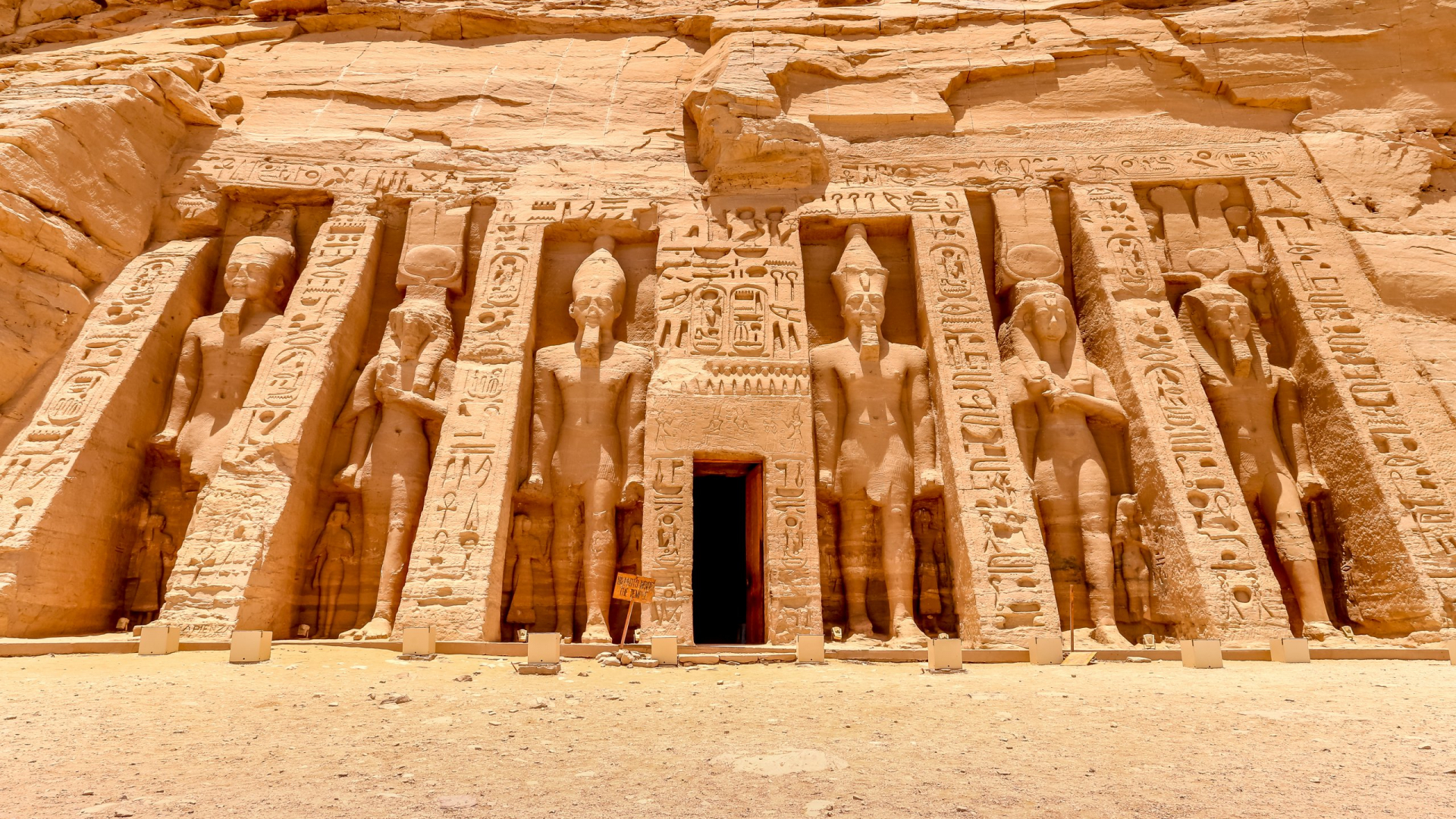
Though the Pyramids of Giza are the iconic symbols of ancient Egypt, we are actually more impressed with the mammoth Great Temple of Ramses II at Abu Simbel, 173 miles south of Aswan and only 22 miles north of the Sudanese border. This temple, along with other temples of the Abu Simbel Complex, are part of the UNESCO World Heritage Site known as the Nubian Monuments. Originally, the rock-cut temples were created during the reign of the Pharaoh Rameses II. During our time in Egypt, we were absolutely astonished to learn about his innovative leadership, devotion to the craftsmanship/operation of the country, and devotion to his wife, Nefertari! The fact that she is displayed and named on the neighboring Temple of Hathor and Nefertari is an astonishing testament to the badass role she played as an empowered woman in the 13th century B.C.
The temples of Ramses II at Abu Simbel are each fronted by 66-ft. tall colossal statues, and are famed as the most impressive monuments remaining of ancient Egypt. Each statue represents Ramses seated on the throne, wearing a double crown of Upper and Lower Egypt. Taking around twenty years to build, the temple was only completed around the 24th year of Ramses’ reign. At the time, The Great Temple was considered the most beautiful in Egypt—to be completely honest, after our visit, we tend to agree 100%! Upon entering, each room descends in size from entrance to back sanctuary, taking on the traditional triangular structure followed by most Egyptian temples. Each small room contains significant pillars that symbolize deified Ramses linked to gods. Anticipate dark corners and colossal statues here!
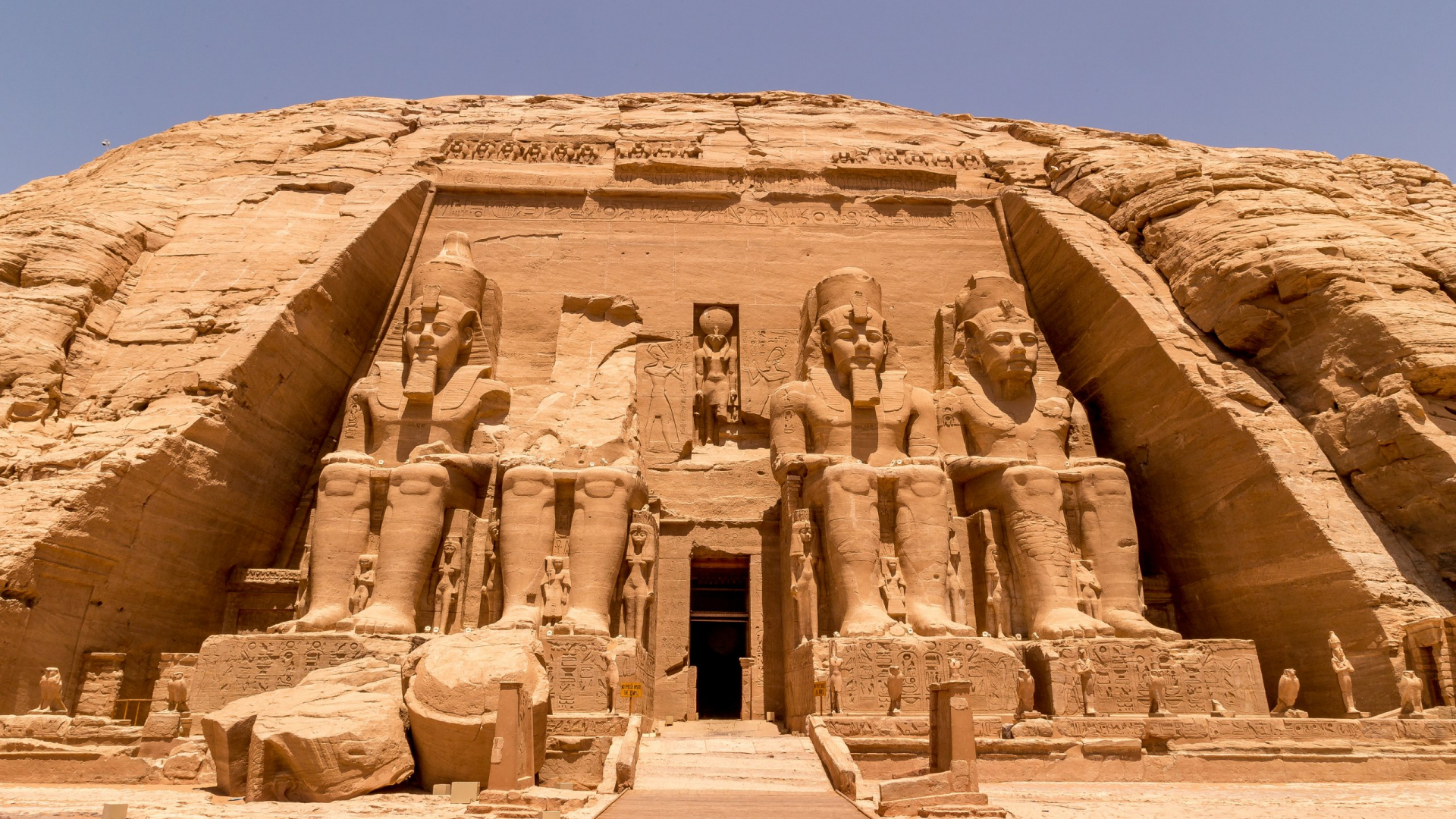
Third Intermediate Period (c. 1085 – 644 B.C.)
The Third Intermediate Period saw important changes in Egyptian politics, society and culture. Centralized government under the 21st dynasty pharaohs paved the way for the resurgence of local officials, while foreigners from Libya and Nubia grabbed for power themselves which left a lasting imprint on Egypt’s population. Under Kushite rule, Egypt clashed with the Assyrian empire. In 671 B.C., Assyrian ruler Esarhaddon drove Kushite king Taharka out of Memphis and destroyed the city. After Esarhaddon appointed his own local governors and officials, one of them, Necho of Sais; ruled briefly before being killed by Kushite leader Tanuatamun.
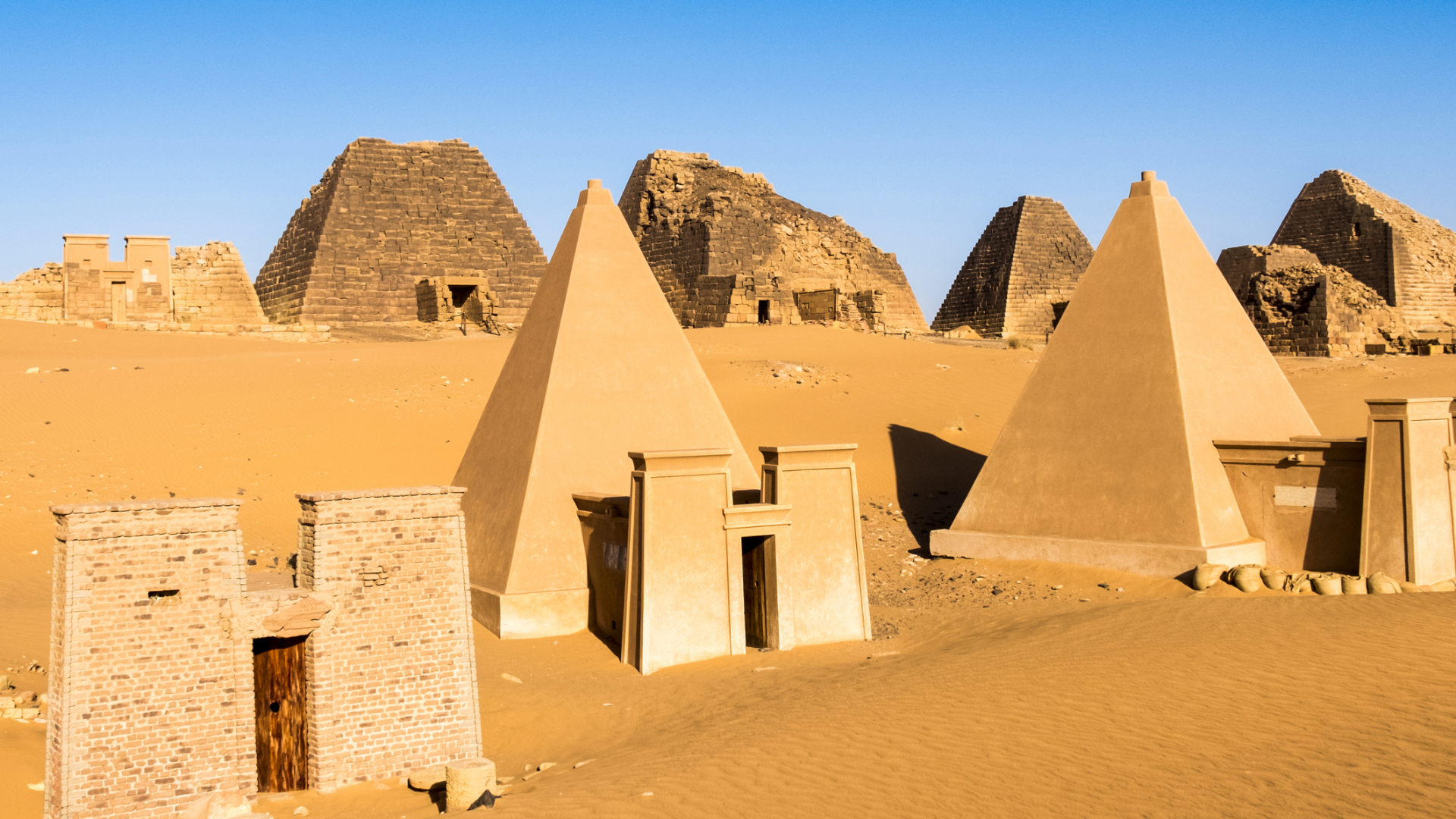
From the Late Period to Alexander’s Conquest (c. 664 – 332 B.C.)
The Saite dynasty, starting with Necho’s son as king, Psammetichus, ruled an ununified Egypt for less than two centuries. In 525 B.C., Cambyses, king of Persia, defeated the last Saite king at the Battle of Pelusium, and Egypt became part of the Persian Empire. In 322 B.C., Alexander the Great of Macedonia defeated the Persian armies and conquered Egypt. After his death, Egypt was ruled by a line of Macedonian kings. The last ruler of Ptolemaic Egypt–the legendary Cleopatra VII-surrendered Egypt to the armies of Octavian (also known as Augustus) in 31 B.C. Christianity became the official religion of the Roman Empire and it’s provinces which included Egypt. The conquest of Egypt by the Arabs in 7th century A.D. and the introduction of Islam propelled Egypt towards its modern incarnation and away from the ancient culture.
